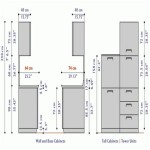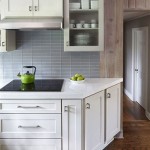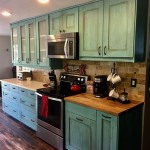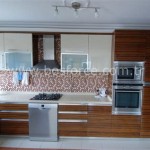Essential Aspects of Kitchen Cabinet Doors Applied Moulding
Applied moulding is a decorative element that can enhance the beauty and functionality of kitchen cabinet doors. It can add a touch of elegance, create visual interest, and provide a more comfortable grip. When choosing applied moulding for your kitchen cabinets, there are several essential aspects to consider: the type of moulding, the material, the size, the finish, and the installation.
Type of Moulding
There are many different types of applied mouldings available, each with its unique look and feel. Some popular options include ogee, cove, beadboard, and dentil. Ogee moulding has a curved profile with a concave and convex shape, cove moulding has a smooth, concave profile, beadboard moulding has a series of small, evenly spaced beads, and dentil moulding has a row of small, rectangular blocks.
Material
Applied moulding can be made from a variety of materials, including wood, metal, plastic, and composite. Wood is a classic choice that can be painted or stained to match the cabinetry. Metal is a durable option that can withstand wear and tear. Plastic is a lightweight and affordable option, while composite is a combination of wood and plastic that offers the best of both worlds.
Size
The size of the applied moulding will depend on the size of the cabinet doors and the overall desired look. Smaller mouldings can add a subtle touch of detail, while larger mouldings can make a more dramatic statement. It's important to choose a moulding that is in proportion to the doors and the cabinetry.
Finish
The finish of the applied moulding should complement the cabinetry and the overall kitchen design. Painted mouldings can match the cabinet doors or create a contrasting accent. Stained mouldings can add warmth and natural beauty to the kitchen. Metal mouldings can be polished or brushed to create different looks.
Installation
Applied moulding can be installed using a variety of methods, depending on the type of moulding and the material. Some mouldings can be attached with nails or screws, while others require adhesive. It's important to follow the manufacturer's instructions for proper installation.
By considering these essential aspects, you can choose the right applied moulding for your kitchen cabinet doors and create a beautiful and functional kitchen space.

Kitchen Cabinet Doors With Applied Moulding By Allstyle

Applied Moulding Kitchen Cabinet Door Manufacturer

Applied Moulding Kitchen Cabinet Door Manufacturer

Applied Molding Cabinet Door Laker Furniture Flooring And Design

Kitchen Cabinet Doors With Applied Moulding By Allstyle

Cabinet Door Sample Unfinished Cherry Square Solid Panel Applied Molding 12 Width X 15 Height 1112 Am5 S02 P25 E16 12wx15h Cabinetparts Com

Cabinet Door Replacement Refacing

Applied Moulding Inset Panel Cabinet Door Plymouth Acmecabinetdoors Com Unfinished Doors
Gallery Kitchens Image Inset Applied Moulding Doors And Drawer

Selecting Cabinet Doors For A New Kitchen Craig Allen Designs
Related Posts








